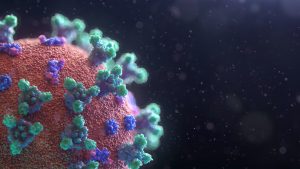Gaining an insight of the insides of the brain, scientists, including
those from The Center for the Study of Complex Malaria in Odisha, have solved
the century-old puzzle of how malaria affects the brain, causing different outcomes
in adults and children, PTI reported.
The study compared the changes in the brains of survivors with those who
succumbed to the disease across different age groups using state-of-the-art MRI
scans. It was published in the journal Clinical Infectious Diseases.
“For years, scientists have relied on autopsies to understand the
pathology of cerebral malaria, but these don’t allow you to compare between
survivors and fatalities,” said Sam Wassmer, a co-lead author of the study
from the London School of Hygiene and Tropical Medicine (LSHTM) in the UK.
“By using neuroimaging techniques to see a snapshot of the living
brain, we were able to identify the specific cause of death in adults,”
Wassner said.
Also Read | Rare kind of Malaria detected in Kerala, patient is a soldier who returned from Sudan
The scientists assessed 65 patients with cerebral malaria and 26 control
patients with ‘uncomplicated’ malaria, who were being treated at Ispat General
Hospital in Rourkela.
They discovered that brain swelling tends to reduce with the patient’s
age. Unlike in children, there was no correlation between brain swelling and
death in adult patients from the same cohort. The fatal adult cases reported
severe oxygen deprivation affecting all brain structures, but oxygen
deprivation was only localised in survivors.
They said the findings were corroborated by significantly elevated
levels of specific molecules in the blood which indicate oxygen-deprivation.
The researchers spoke of developing a system under which patients approaching
the risk of fatal disease can be identified at an early stage.
Cerebral malaria is one of the world’s most deadly diseases caused by
the Plasmodium falciparum that
infects humans through the bite of Anopheles mosquito. While a fifth of people
with this form of the disease die despite treatment, neurocognitive after-effects
are common in survivors.





